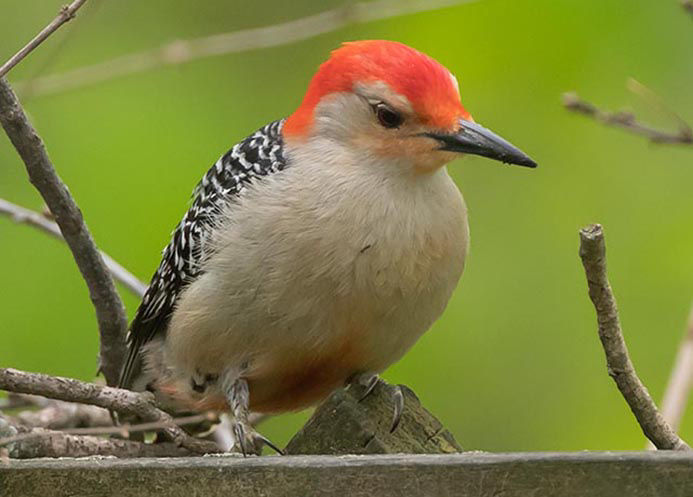Running Into Woodpeckers in Florida: Types Variety and Identification
Running Into Woodpeckers in Florida: Types Variety and Identification
Blog Article
Revealing the Keys of Woodpeckers: Behavior, Habitat, and Extra
Woodpeckers, with their one-of-a-kind actions and specialized adaptations, have long interested scientists and nature lovers alike. By discovering the enigmas surrounding woodpeckers' actions and habitat selections, a deeper understanding of these bird wonders emerges, providing a look right into their fascinating globe.
Woodpecker Habits Insights
In taking a look at woodpecker habits, a remarkable display of specialized skills and adaptations arises, dropping light on their remarkable ecological particular niche. Woodpeckers, understood for their unique drumming on trees, have a range of behavior attributes that add to their survival and success in their atmosphere.
In addition, woodpeckers show a special feeding habits characterized by their ability to remove bugs from tree bark using their specialized beaks. Their lengthy, barbed tongues help in capturing victim, while their strong neck muscles give security and precision throughout pecking activities. This feeding approach permits woodpeckers to accessibility covert insect larvae and extract them with remarkable performance.
Environment Preferences and Option
What variables influence the habitat choices and option of woodpeckers? Woodpeckers are highly adaptable birds recognized to inhabit various settings worldwide. However, they do exhibit choices for sure habitat features. One important variable affecting woodpecker habitat choice is the accessibility of suitable nesting websites. Woodpeckers typically prefer forests with a mix of mature trees that offer enough chances for dental caries excavation. These cavities work as crucial nesting and roosting websites for woodpeckers and are crucial for their reproducing success.
In addition, woodpeckers reveal a choice for habitats with a bountiful supply of food sources. They are largely insectivorous, feeding upon beetles, ants, larvae, and other pests located in decaying wood or tree bark. As a result, woodpeckers have a tendency to prefer wooded locations with a diverse insect population to meet their nutritional needs.
Moreover, the visibility of dead or worn out trees is one more key consider woodpecker environment option. These trees not just provide food sources yet also provide appropriate substratum for cavity excavation. Dead trees are necessary for the maintenance of healthy and balanced woodpecker populaces, as they play an essential role in the woodpeckers' life process and ecosystem characteristics.
Feeding Behaviors and Diet Composition
Woodpeckers demonstrate a specialized feeding habits concentrated visit homepage on foraging for bugs within numerous environments. In addition to pests, woodpeckers likewise eat tree sap, fruits, nuts, and seeds, adding selection to their diet regimen depending on the period and schedule of food resources.
The foraging techniques of woodpeckers are well-adapted to their arboreal way of living (Woodpeckers in Florida). Their capacity to dig deep into wood not only supplies them with food yet also helps in producing nesting cavities and developing regions. Woodpeckers play a crucial duty in maintaining the wellness of woodlands by controlling insect populations and assisting in the disintegration of timber. Comprehending their feeding practices and diet regimen make-up is crucial for conservation initiatives targeted at preserving these distinct and valuable birds.
Drumming Seems and Communication
Making use of rapid drumming audios on various surface areas, woodpeckers employ a distinct form of interaction to indicate area boundaries and bring in friends. This drumming habits is not only a way of interaction however also acts as a way for woodpeckers to develop their visibility within a specific location. The intensity, rate, and pattern of the drumming can share vital information to other woodpeckers in the area.
Woodpeckers utilize drumming noises to reveal their presence in a territory and to caution off prospective trespassers. The loud and recurring nature browse around this site of the drumming works as a clear signal to other woodpeckers that the location is currently asserted. This aids in lowering conflicts and reducing physical battles in between people.

Survival Adaptations and Specialized Anatomy

Final Thought
To conclude, woodpeckers display distinct actions, such as drumming noises for communication, and have actually specialized composition for survival in their selected habitats. Their feeding behaviors and diet structure additionally demonstrate their flexibility to numerous settings. By understanding these facets of woodpeckers, researchers and preservationists can better shield and preserve these remarkable birds and their communities.
Report this page